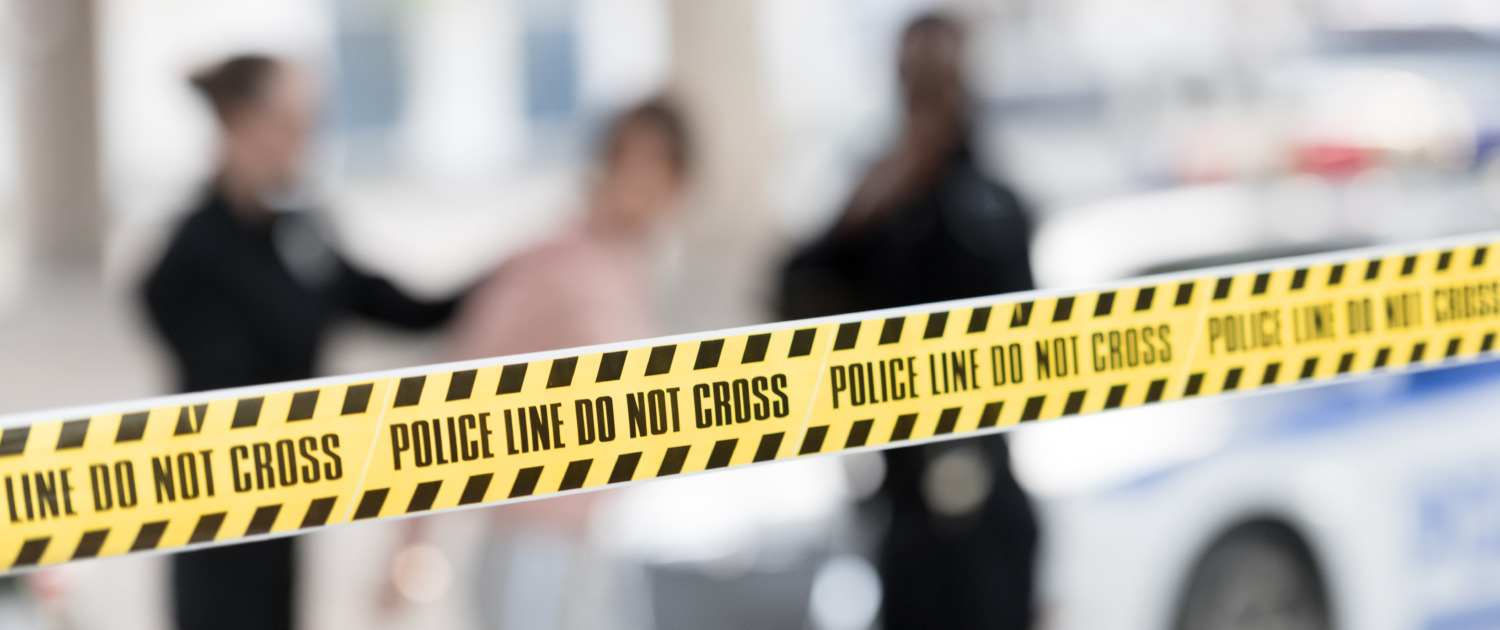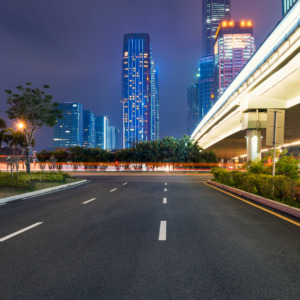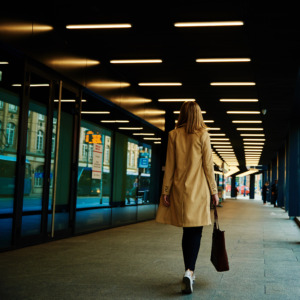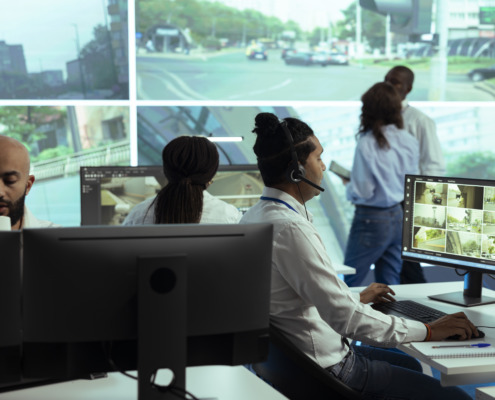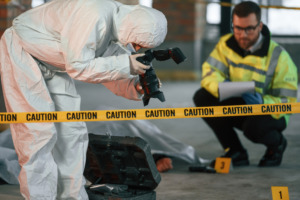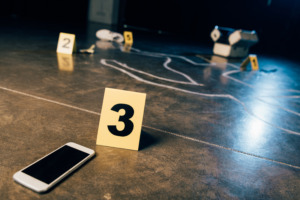How does CCTV aid police work in Central London? CCTV, or Closed-Circuit Television, is now a key tool for police, especially in lively areas like Central London. The extensive network of cameras not only enhances public safety but greatly aids police efforts in preventing crime, investigating incidents, and general law enforcement. This article explores the many roles of CCTV in supporting police work in Central London, emphasizing its profound impact on maintaining order in one of the world’s most bustling cities.
Enhancing Crime Prevention and Deterrence
One main role of CCTV in Central London is to stop crimes before they even happen. Just having cameras around can scare off potential wrongdoers. When people know they’re being watched, they think twice about doing something illegal.
Visible Surveillance
Cameras set up where everyone can see them stop small crimes like pickpocketing and vandalism. Simply knowing there are eyes on them makes people less likely to offend. Picture walking through a busy market square knowing every step you take is being recorded. This feeling alone can stop someone from breaking the law.
Strategic Placement
CCTV systems are thoughtfully placed where crime happens the most—like shopping districts, busy transport hubs, and nightlife hotspots. In places like Oxford Street with its constant hustle and bustle, strategically placed cameras ensure any shady behavior gets noticed fast.
Real-Time Monitoring and Rapid Response
CCTV’s real-time monitoring allows police to keep an eye on public spaces continuously and act quickly when needed.
Live Surveillance Feeds
In control rooms filled with screens showing live footage from various parts of the city, officers keep a close watch on critical areas. This constant information flow helps them spot potential threats right away.
Rapid Deployment
If something goes wrong—like a fight breaking out—the footage lets police know exactly where to go quickly. This ensures that issues get handled immediately before they escalate further.
Assisting Investigations
Once a crime has taken place, CCTV footage becomes crucial evidence.
Evidence Collection
High-quality video serves as hard proof during investigations, capturing things humans might miss such as facial features or specific clothing items.
Timeline Reconstruction
Rebuilding events using video footage aids officers in figuring out what happened before, during, and after a crime took place—making it easier to catch those responsible.
Supporting Prosecutions
In courtrooms too; having solid video evidence often means all the difference between convictions or acquittals.
Corroborating Testimonies
Videos support witness accounts by adding weight—a piece of visual evidence clears up any inconsistencies thereby strengthening overall cases significantly.
Convincing Juries
Seeing crimes unfold via recorded videos makes everything clearer for juries helping them reach fair verdicts faster.
Enhancing Public Confidence
Knowing there are active surveillance systems boosts people’s confidence about their safety while moving around Central London.
Sense of Security
Whether walking through parks, shopping malls, or traveling; knowing these places have cameras watching over makes folks feel secure contributing immensely towards the city’s vibrancy, especially economically speaking too!
Community Trust
Effective use builds trust between locals and authorities reassuring everyone that public safety remains a top priority, hence encouraging collaborative efforts together!
Facilitating Traffic Management
Beyond crime deterrence functions; CCTV plays an essential role in managing traffic across complex urban networks, ensuring smooth flow of vehicular movements alongside pedestrian crossings alike!
Traffic Flow Monitoring
Real-time traffic condition monitoring helps authorities manage congestion by directing necessary resources accordingly, maintaining efficient transport operations seamlessly.
Incident Management
Quick visuals from accident sites help emergency services respond faster, preventing secondary mishaps and speeding up the clean-up process efficiently, thereby improving overall workflow drastically.
Technological Integration and Future Prospects
With advances in integrating sophisticated tech onto existing systems, operational capabilities are further strengthened, showcasing much potential going forward and eventually paving pathways to revolutionize broader aspects equally beneficially.
AI-Machine Learning Integration
Advanced AI-Machine Learning integration enables prompt detection of unusual activities, alerting respective authorities proactively, facilitating preventive measures effectively, minimizing risks incredibly, and improving operational efficiencies, consequently transforming conventional practices remarkably onward.
Facial Recognition Upgrades
State-of-the-art facial recognition deploying match frameworks against offenders’ databases guarantees expedited identification and apprehensions, yielding optimal outcomes, exponentially reducing manpower dependencies, and achieving results sooner.
Addressing Privacy Concerns
Despite its numerous benefits, essential addressing privacy concerns ensures maintaining trust alongside adhering to legal standards, forming an integral solid framework that facilitates legitimate surveillance operations.
Regulation Compliance
All operations within regulated jurisdictions comply with underlying principles, guaranteeing perfect adherence to governing stipulations. This ensures standardized official operations.
Transparency and Accountability
Clear signage indicating real-time capture activity and purpose ensures transparency and builds trust. Data storage is secure, preserving privacy and authorized access only.
Community Engagement and Education
Connecting communities and educating them fosters cooperative relations between the public and authorities, reassuring everyone that their interests are safeguarded.
Public Awareness Campaigns
Regular campaigns dispel myths, connect proactively, and address prevalent misconceptions, fostering compliance and educating the public on the benefits of CCTV.
Skilled Operators
Experts highly trained in operating and viewing surveillance footage ensure objectives are met while respecting individual rights and upholding ethical integrity.
Ethical Practices
Adhering to ethical standards in surveillance operations ensures respect for individual rights and prevents misuse.
Future Directions and Innovations
Advancements in technology continue to enhance the capabilities of CCTV systems, integrating smart technologies to optimize observational capacity.
Smart City Integration
Integrating with urban smart systems collaboratively optimizes security management, ensuring pristine coordination and broader coverage.
Enhanced Data Analysis
Advanced data analysis techniques further enhance the predictability and accuracy of surveillance, improving the overall security framework.
Increased Public Engagement
Focusing on increasing public engagement through inclusive technologies and interactive platforms ensures a healthier and more equitable environment.
Conclusion

